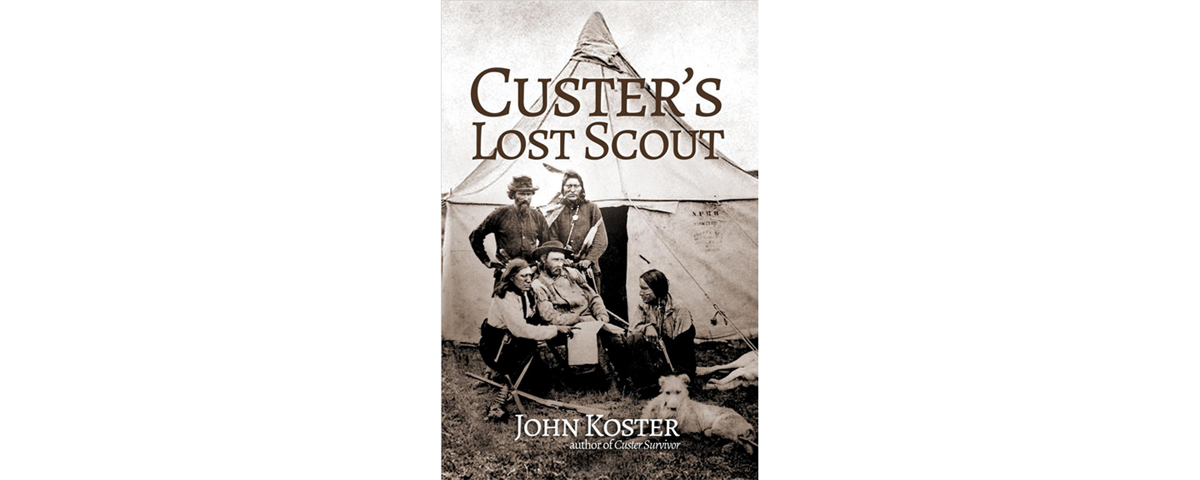Custer’s Lost Scout, by John Koster, Idle Winter Press, Portland, Ore., 2017, $12.99
Sitting Bull, Crazy Horse, Gall and Rain-in-the-Face are four of the big names among participants on the winning side at the Battle of the Little Bighorn. Their stories are all most interesting, but we have heard much about them through the years. It was high time an author highly knowledgeable about the most famous battle of the Indian wars wrote about a not-so-famous Lakota participant, namely Left Hand. His story is naturally compelling in that he scouted for Lt. Col. George Armstrong Custer and most likely switched sides and fought against Custer in the battle. But facts about his life are sketchy indeed, and that is no doubt why nobody has previously written a full-length book about the intriguing subject. So kudos to Koster, author of the controversial Custer Survivor, for daring to go where no Little Bighorn historian has gone before.
That said, despite the author’s diligent research, many holes remain in Left Hand’s sketchy story. Neither Koster nor any other living historian can satisfactorily address all the questions that arise when dealing with such a mysterious Lakota—one seemingly motivated to become an Army scout so he could feed his wife, but who then decided at some point during Custer’s march from Dakota Territory’s Fort Abraham Lincoln to Montana Territory he wanted to protect, not harm, his own people. Koster necessarily strays at times from his account of Left Hand’s tale to address other aspects of Custer’s struggles with the U.S. government and the Plains Indians, but he covers that more familiar ground with aplomb, as he continues to do with other subjects as a special contributor to Wild West.
—Editor





